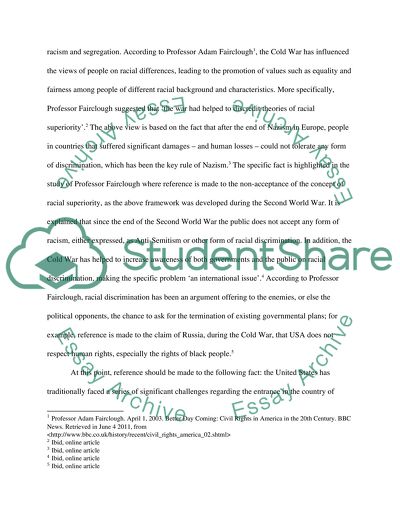Cite this document
(“Cold War and its Impact on International Racism and Segregation Research Paper - 1”, n.d.)
Retrieved from https://studentshare.org/logic-programming/1424504-cold-war-and-its-impact-on-international-racism
Retrieved from https://studentshare.org/logic-programming/1424504-cold-war-and-its-impact-on-international-racism
(Cold War and Its Impact on International Racism and Segregation Research Paper - 1)
https://studentshare.org/logic-programming/1424504-cold-war-and-its-impact-on-international-racism.
https://studentshare.org/logic-programming/1424504-cold-war-and-its-impact-on-international-racism.
“Cold War and Its Impact on International Racism and Segregation Research Paper - 1”, n.d. https://studentshare.org/logic-programming/1424504-cold-war-and-its-impact-on-international-racism.


